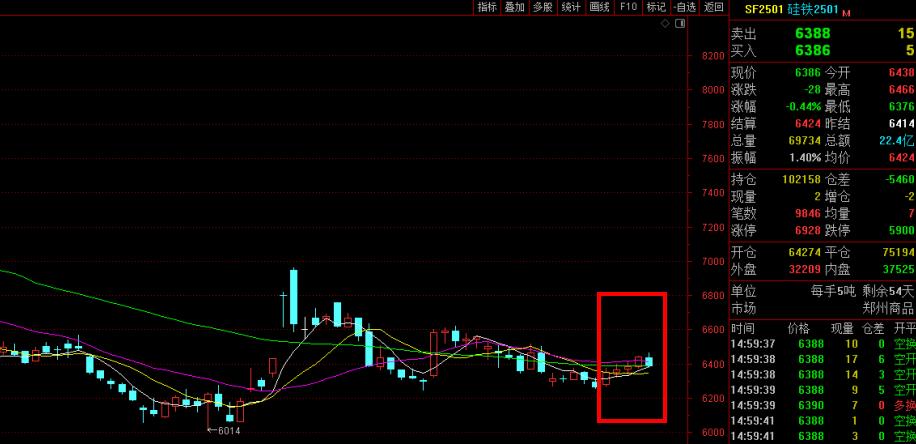[ferro-alloys.com]Crude oil futures were lower during mid-morning trade in Asia Monday amid a slight uptick in the US oil rig count and continued focus on global supply increases.
At 10:30 am Singapore time (0230 GMT), the new front-month ICE November Brent crude futures was down 27 cents/b (0.35%) from Friday's settle at $77.37/b, while the NYMEX October light sweet crude contract was down 20 cents/b (0.29%) at $69.60/b.
Data released by Baker Hughes Friday showed the US oil rig count rose by 2 to 862 in the week ended August 31.
The rig count in the Permian Basin comprised 486 of the total, the fourth week in a row the West Texas/New Mexico basin's rig count has been in the 485-486 range, a 44-month high. The count was last at this level in early January 2015, after retreating from 562 in October/November 2014 due to the fall in global oil prices at the time.
"It's become a see-saw battle between supply fears and demand concerns. This week, the latter appear to be coming back center stage, with Wednesday's deadline for the US to decide on a third -- and the largest -- tranche of tariffs against China," said Vandana Hari, founder Vanda Insights.
Investor attention continues to be focused on the impact of US sanctions on Iran on global supply and OPEC's decision to increase production, analysts said.
Japan's Iranian oil imports increased for the third consecutive month in July on a year-on-year basis, by 9.6% to 183,560 b/d, as refiners rushed to take cargoes before US sanctions come into effect in November, preliminary Ministry of Economy, Trade and Industry data released Friday showed.
Japanese refiners have also urged the government to seek a US waiver from the sanctions.
Moreover, Saudi Arabia saw its oil production rise 136,000 b/d in August from a self-reported production figure of 10.288 million b/d in July, an OPEC source told S&P Global Platts on Friday.
The market has been closely watching Saudi production, as it holds the bulk of global spare capacity and has indicated its willingness to serve as the world's primary swing producer.
"Presumably, there is too much fear about the upcoming restrictions on Iranian oil exports and too much respect for OPEC, which appears to have prices under control," said Commerzbank analysts in a note Friday.
OPEC on June 23 agreed with 10 non-OPEC partners to end over-compliance with production cuts and boost output by a collective 1 million b/d to replace barrels expected to be shut in by the US sanctions on Iran and Venezuela's economic free fall.
Elsewhere, crude exports via Russia's key export ports in August rose almost 10% month on month, according to preliminary data from Transneft, the operator of national trunk oil pipelines and port terminals, as producers ramped up output on the back of the OPEC/non-OPEC coalition's decision.
- [Editor:王可]



 Save
Save Print
Print Daily News
Daily News Research
Research Magazine
Magazine Company Database
Company Database Customized Database
Customized Database Conferences
Conferences Advertisement
Advertisement Trade
Trade


















Tell Us What You Think